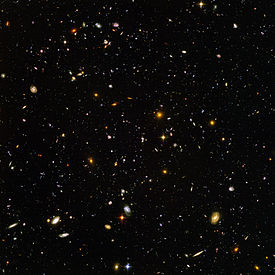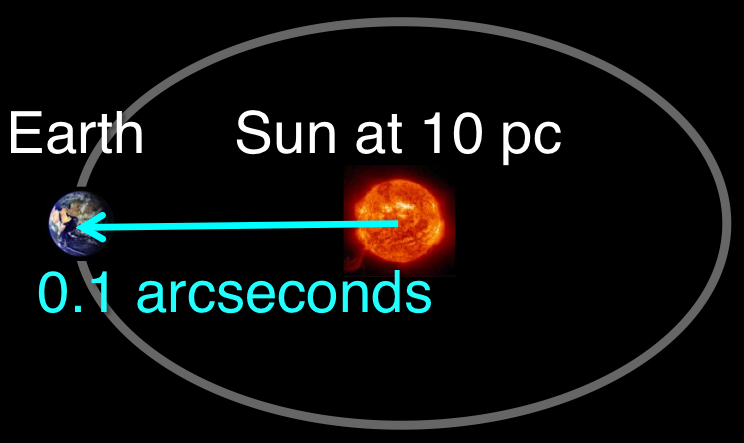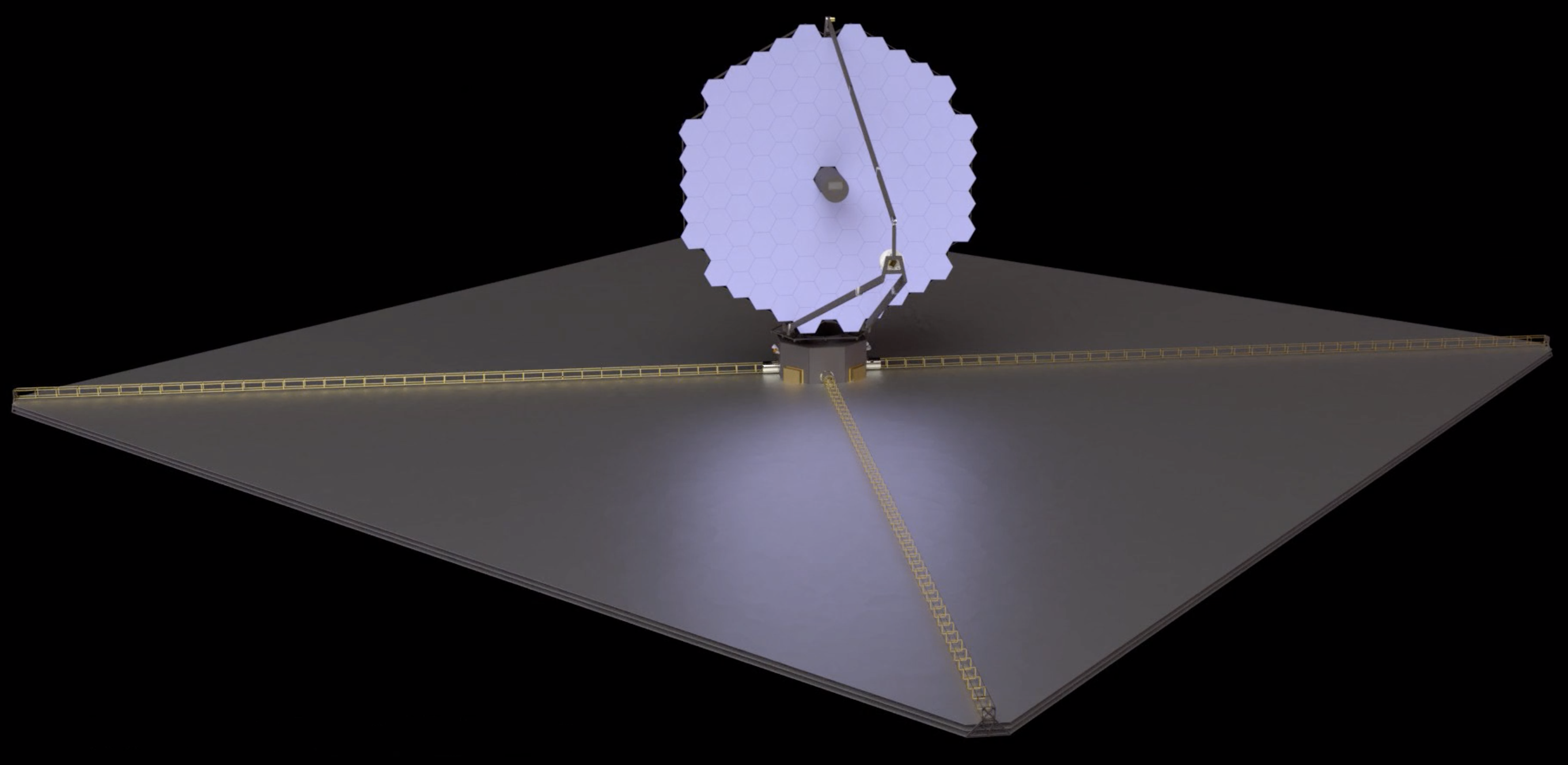| |
1. |
Produce a complete, high-fidelity model of the modern Solar System, which remains the benchmark for a planetary system containing habitable planets.
This step is finished; spectral image cubes available on the Downloads page.
|
| |
2. |
Create a representative scene of expected background sources, upon which planetary system models can be overlaid.
This is needed because each image deep enough to directly image the Earth at a distance of 10 parsecs will also be deep enough to detect distant galaxies fainter than those in the Hubble Ultra Deep Field (HUDF).
While an exoplanet imaging field will be much smaller than the HUDF, it could still contain background galaxies and stars that might be mistaken for planets (aka. confusion sources).
This step is finished; spectral image cubes available on the Downloads page. |
|
 The Hubble Ultra Deep Field, showing a sea of distant galaxies.
Image credit: NASA
The Hubble Ultra Deep Field, showing a sea of distant galaxies.
Image credit: NASA
|
| |
3. |
Create a suite of detailed planetary system models.
They will include different planet types, as well as a range of stellar types that encompasses the most likely target stars for future exoEarth observations (F, G, & K stars).
Interplanetary dust (also known as exozodiacal dust or “exozodi”) will be carefully handled, as it is expected to be the largest source of noise in direct observations of terrestrial planets.
The models will incorporate a range of plausible exozodi structures, brightness levels, and colors.
As the models are completed, they will be made available for download.
|
| |
4. |
Finally, we will use the models to create simulated exoEarth observations, then test data analysis techniques and characterize possible systematic errors.
We will examine the severity of the various sources of confusion and develop observing strategies to remove them.
Simulated observations will be available on the Simulations page.
|

 Cartoon of the Earth and Sun viewed from a distance of 10 parsecs. Image credit: NASA / A. Roberge
Cartoon of the Earth and Sun viewed from a distance of 10 parsecs. Image credit: NASA / A. Roberge
 The Hubble Ultra Deep Field, showing a sea of distant galaxies.
Image credit: NASA
The Hubble Ultra Deep Field, showing a sea of distant galaxies.
Image credit: NASA


